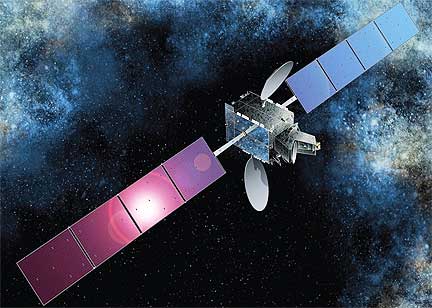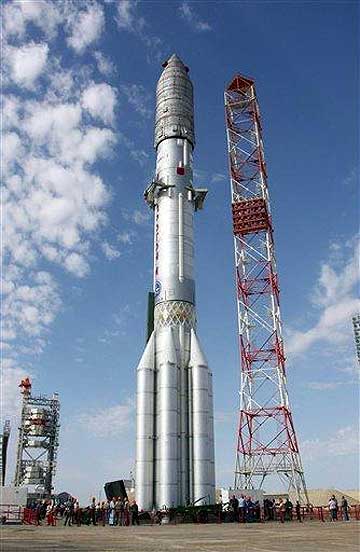 [SatNews] Combining forces once again, International Launch Services and SES...
[SatNews] Combining forces once again, International Launch Services and SES...
...will bring their products together for the launch of the SES-5 communications satellite on July 10th from Baiknour. There is a new launch date of July 10th, to be initiated at 00:38:30 local Baikonur time. The SES-5 was manufactured by Space Systems/Loral using their proven SS/L 1300 platform. The launch vehicle will be a Proton M/Breeze M.
 SES’ high-powered Ku-band beams will bring incremental capacity over Africa, and the Nordic and Baltic countries to support DTH services. The satellite's comprehensive C-band beams cover Africa, the Middle East and Europe to enable services such as GSM backhaul, VSAT applications, maritime communications and video distribution. SES-5 will also carry the first hosted L-band payload for the European Geostationary Navigation Overlay Service (EGNOS). The EGNOS payload, which was developed by the European Space Agency (ESA) and the European Commission (EC), will help verify, improve, and report on the reliability and accuracy of navigation positioning signals in Europe. The SES-5, which will beature 24 C- and 36 Ku-band transponders, will slot in at 5 degrees East and possesses an anticipated service life of 15 years.
SES’ high-powered Ku-band beams will bring incremental capacity over Africa, and the Nordic and Baltic countries to support DTH services. The satellite's comprehensive C-band beams cover Africa, the Middle East and Europe to enable services such as GSM backhaul, VSAT applications, maritime communications and video distribution. SES-5 will also carry the first hosted L-band payload for the European Geostationary Navigation Overlay Service (EGNOS). The EGNOS payload, which was developed by the European Space Agency (ESA) and the European Commission (EC), will help verify, improve, and report on the reliability and accuracy of navigation positioning signals in Europe. The SES-5, which will beature 24 C- and 36 Ku-band transponders, will slot in at 5 degrees East and possesses an anticipated service life of 15 years.
The Proton M launch vehicle, using a 5-burn Breeze M mission design, will lift off from Pad 24 at Baikonur Cosmodrome, Kazakhstan, with the SES-5 satellite on board. The first three stages of the Proton will use a standard ascent profile to place the orbital unit (Breeze M upper stage and the SES-5 satellite) into a sub-orbital trajectory. From this point in the mission, the Breeze M will perform planned mission maneuvers to advance the orbital unit first to a circular parking orbit, then to an intermediate orbit, followed by a transfer orbit, and finally to a geostationary transfer orbit. Separation of the SES-5 satellite is scheduled to occur approximately 9 hours, 12 minutes after liftoff.

